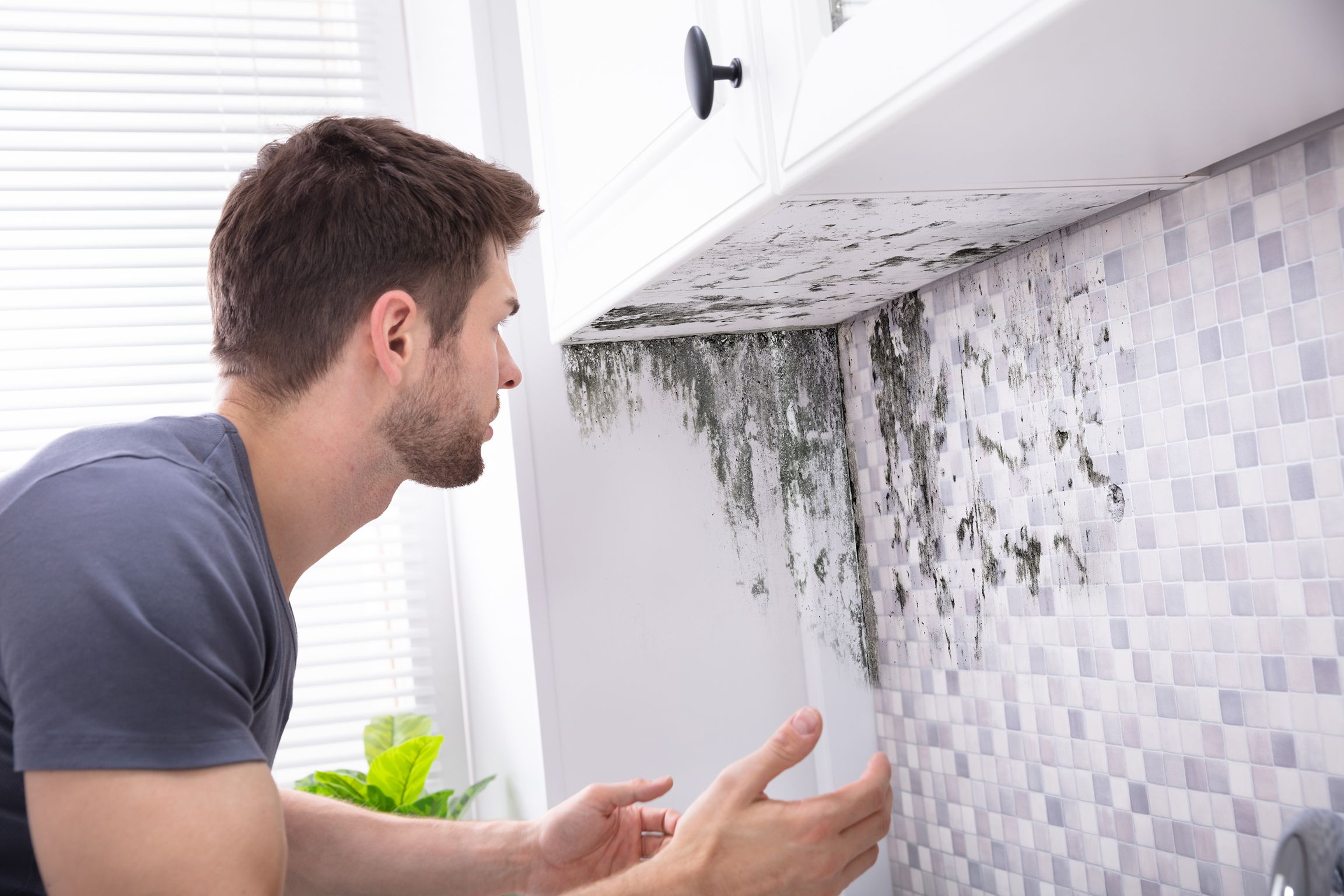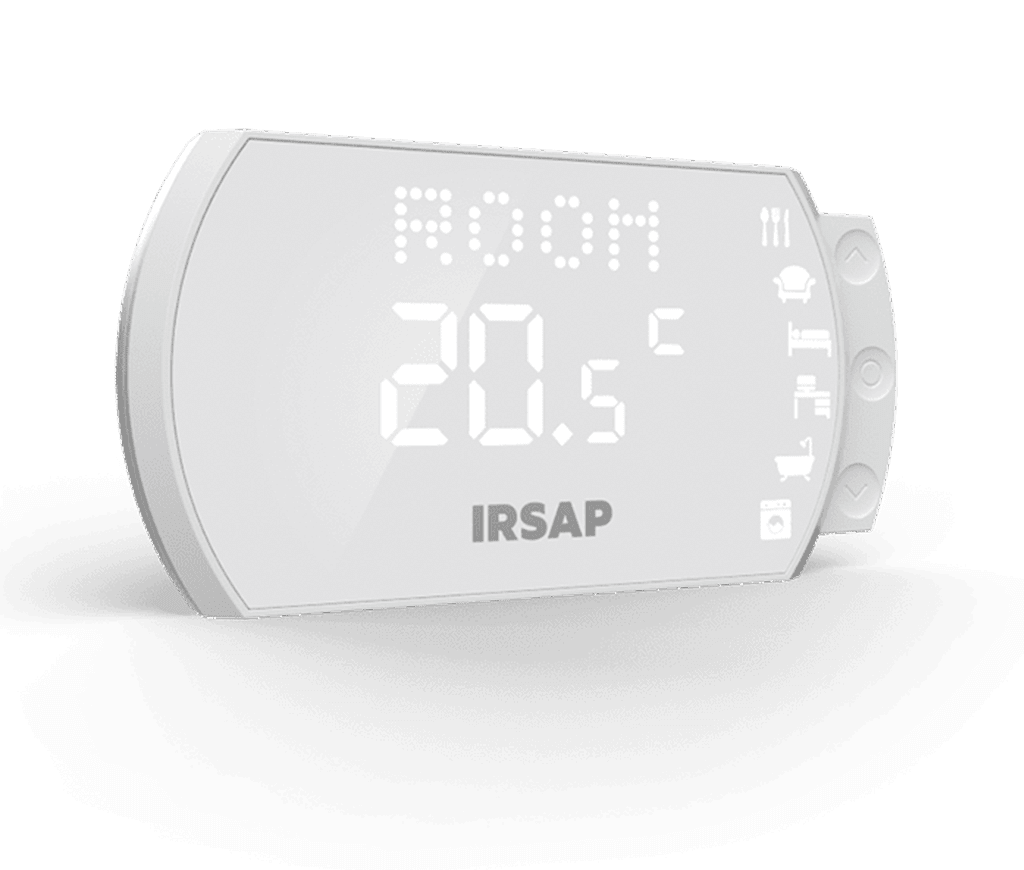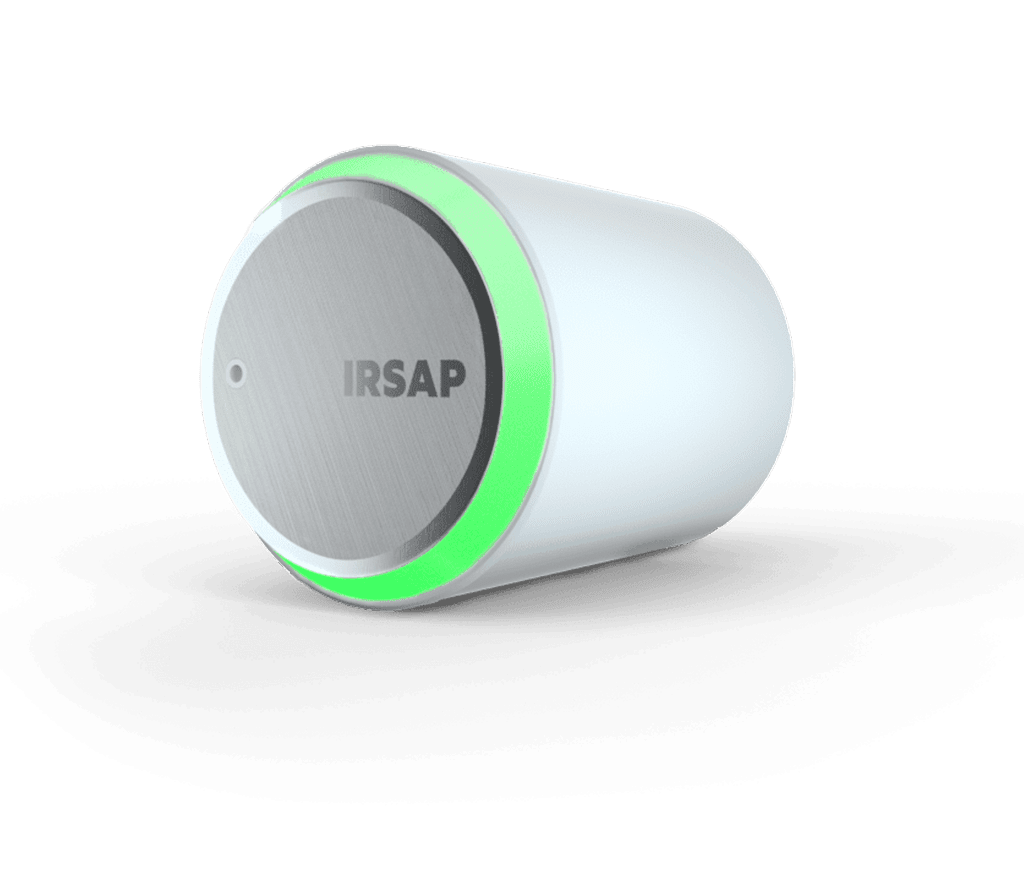
Mould at home: what it is and how to remove it
Mould is a common problem for many homes. It affects the air quality and the thermal comfort of the environments in which we live, becoming dangerous for our health. Timely intervention and an effective heating system, however, help to resolve the discomfort. Let's find out how.

Why is there mould on the walls?
Among the main causes of mould are the poor ventilation, insufficient or excessive thermal insulation.
However, it is the excessive presence of humidity that leaves its mark. It is no coincidence that the unpleasant phenomenon of mould on the walls occurs in the winter months. In this period of the year, the humidity reaches high percentages due to the marked difference between the temperatures inside and outside the house.
The so-called thermal bridges also increase the levels of relative humidity. A thermal bridge, also called a cold bridge, is an area of a building construction which has a significantly higher heat transfer than the surrounding materials.
Solving the dispersion of these critical points is necessary to reduce the inevitable negative consequences on environmental healthiness and to obtain greater energy savings.
Depending on the origins, three types of humidity are identified.
- Penetrating damp: it is caused by the presence of water in the ground in contact with the external walls, which are not adequately waterproofed.
- Rising damp: it is given by the porosity of the materials for the construction of the building, left in direct contact with the ground without a waterproofing layer.
- Condensation damp: derives from the condensation of water vapour due to poor or excessive thermal insulation or the presence of thermal bridges. Poor ventilation contributes to its formation.
Water leaks due to broken pipes also cause the formation of humidity and, subsequently, mould.

Is it safe to sleep in a room with mould?
In the house, mould tends to form in very specific places. For example on the walls, in the damp and poorly ventilated portions. It comes in the form of dense, dark specks.
Deeper down, mould can be present between the layers of the masonry, pipes, sanitary fixtures, sofas and more.
Furthermore, surfaces made of paper, cardboard, cotton and wood are subject to attack by moulds which, by feeding on the cellulose fibres, disintegrate the material. It happens with books, clothes and furniture.
Every surface in the house is in danger. The environments that are most at risk of mould forming are undoubtedly the bathroom and the kitchen, due to their internal humidity.
Bedrooms are also at risk. They are the cooler ones and are often exposed to the north. Furthermore, a considerable and prolonged humidity is emitted at night through the breathing and perspiration of the occupants.
However, sleeping in a room with mould is unhealthy due to the damage that it causes.

What are the signs of mould sickness?
The most common symptoms related to the presence of mould in the room are:
- persistent headache;
- irritative states of the respiratory tract (sinusitis, bronchitis and asthma);
- difficulty concentrating.
In the long run, the proliferation of mould spores, noticeable through the typical and unpleasant smell, can trigger:
- sleep disorders;
- tiredness;
- nausea and vomit.
Exposing children to mould in the bedroom leads to significant mood swings with consequent negative effects on their behaviour.
Mould at home: what can be done?
Different interventions can be taken into consideration to eliminate mould from home.
First of all, air exchange helps prevent its formation and therefore it is a good idea to open the windows to refresh the room and promote ventilation.
The installation of dehumidifiers or air-exchange systems can therefore be envisaged to maintain a humidity level between 45% and 55%.
A more complex, but certainly more effective intervention is the creation of the thermal coating. It insulates houses both from the summer heat and, above all, from the winter cold: it is an ideal solution if combined with an air-exchange system.
Aesthetically, a coat of paint erases the stains on the walls, using some specific products such as anti-mould paint. However, it is not a definitive solution because it does not provide any thermal insulation.
As often happens, a very good remedy is at hand: the heating system. If efficient and performing, heating contributes to the healthiness of our environments.
How? To avoid the formation of mould, the home temperature should always be around 68-71.6 °F.
In winter, however, the heat produced by the heating systems inevitably increases the temperature inside the house: this heat, coming into contact with the cold elements, such as walls and windows, generates the phenomenon of condensation.
It is therefore a direct consequence of the temperature range in the rooms.
The continuous deposit of humidity on the walls, in the long run, leads walls to the progressive deterioration of the plaster, with the formation of mould.
It is possible to identify two different types of condensation which are distinguished by their visible effects, the appearance and the different levels of severity: surface condensation and interstitial condensation.
- Surface condensation
It occurs when the steam generated by the radiators comes into contact with walls that have a lower temperature than what is felt inside the home.
The contrast between hot and cold causes hot air to change from a gaseous state to a liquid state. The process leads to the formation of surface condensation. - The interstitial condensation
It is a more difficult phenomenon to recognize, manage and resolve. Its appearance derives from a persistent humidity that affects the deeper layers of the walls.
A smart heating system is optimal to neutralise mould formation.
Among its functions, the intelligent heating system monitors the level of humidity in the air, with real-time updates that reach the user even when he is away from home.
A technologically advanced thermostat warns via app when the air quality is too dry or stale.
The smart thermostatic valves, in addition, facilitate the correct temperature setting in all the rooms of the house, according to their real use and the season: an operation that can be easily planned directly from home or with a smartphone from remote.
The smart system is in fact designed to improve home comfort. It reduces the impact on the environment, optimises consumption and protects the health of its inhabitants.

Other articles

Smart Thermostat
Replace your traditional thermostat with our wireless smart thermostat with advanced functions to easily set the temperature and accurately measure the temperature, humidity level and air quality in your home.

Smart Valve
Control the temperature of each room separately. Our wireless thermostatic valves are compatible with all radiator brands and leading hydraulic valve manufacturers.

Connection Unit & Repeater
Multi-storey or very large house? Add a Connection Unit to be used in Repeater mode to extend the signal to all rooms and ensure proper communication with other devices in your IRSAP NOW wireless heating system.






